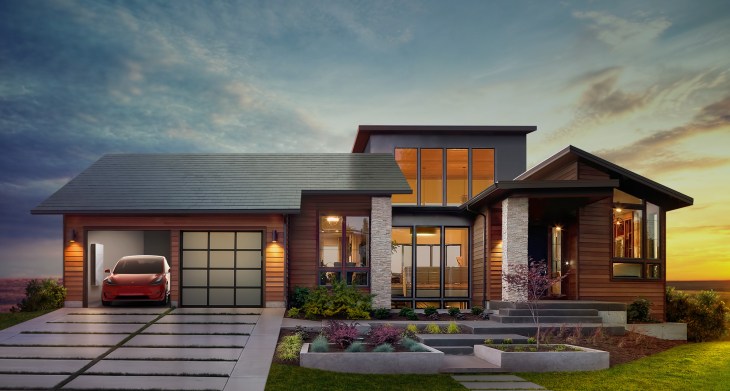We often look to nature for tips on how to build better tech, and few things in nature are better at harnessing the power of the sun than the leaves of ordinary plants. Researchers at the University of Oulu in Finland have discovered a way to build coatings that can mimic the surface of the leaves of plants, which could eventually lead to solar panels that lose less of their captured energy to reflection. And that could be very interesting to tech companies, including Tesla.
The new nano-scale surface can’t make solar panels receive any more light – but they can prevent more from bouncing off and failing to transfer their energy into a usable form. This could lead to an increase of up to 17 percent using the coating. And because of its size (researchers have created a coating with a thickness of only one millionth of a millimeter) and broad applicability, researchers say it can be applied to a number of materials, including glass and silicon, without altering their outward appearance.
Tesla unveiled its own glass solar roof tile earlier this year, and at the event during a Q&A with reporters after the main presentation, Tesla CEO Elon Musk noted that the company was pursuing tech that would do exactly what this Oulu research team has accomplished – enable panels to capture more of the light normally lost to reflection, in order to boost overall panel efficiency to beyond what’s possible even with traditional panels today.
The Oulu researchers suggest that even further increases in efficiency may be possible, since they can take the work they’ve done mimicking natural light-gathering surfaces and try to “exceed the results of evolution” by combining different applicable models.
Musk said that Tesla is working with current solar roof tile partner 3M on its future coatings, so this could be a process in development simultaneously in multiple organizations. But the tech, should it be commercialized, would do lots to help push the solar market forward, given the value of any significant efficiency increases in panel design.
